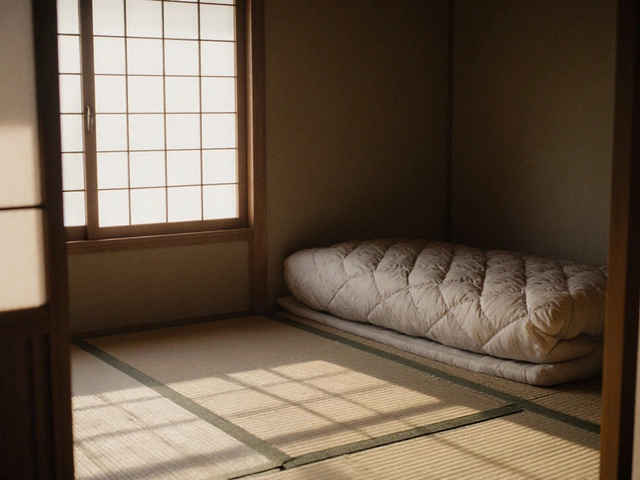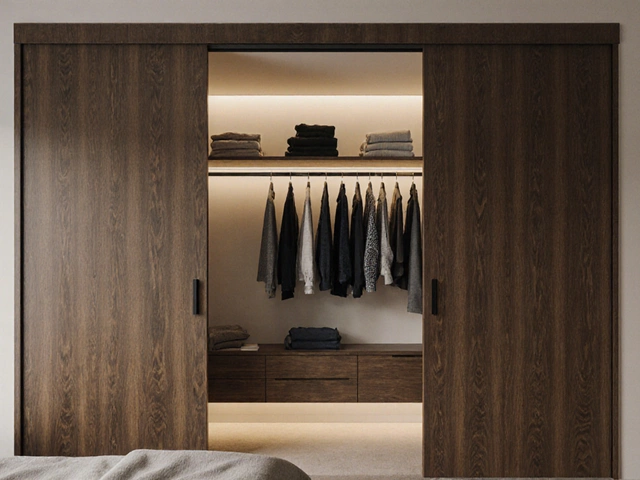Sofa Firmness: Find the Right Feel for Your Living Room
When you walk into a furniture store, the first thing you notice is how a sofa feels under your hands. That feeling is called sofa firmness, and it can make or break your comfort. Too soft and you’ll sink, too firm and you’ll feel like you’re sitting on a board. Knowing what you need before you buy saves money, time, and restless nights.
Why Firmness Matters
Firmness isn’t just about softness; it affects posture, back health, and how long the sofa will hold up. A medium‑firm sofa supports the natural curve of your spine, keeping you upright without forcing you to hunch. If you have back problems, a firmer cushion can provide the needed support, while a plush sofa works better for lounging or napping. The material matters too – foam, down, and spring cores each give a different bounce. Understanding these basics helps you match a sofa to your daily routine.
How to Test Sofa Firmness
Testing a sofa is simple if you know what to do. First, sit down and press your elbows into the backrest. If the cushion rebounds quickly, it’s likely firmer; a slow return means it’s softer. Next, lie down or recline if the sofa lets you. Your elbows should stay a few inches off the floor – if they’re too high, the cushion is too soft; too low, it’s overly firm. Finally, check the edge support. Sit on the very edge and lift a foot; a good sofa holds you up without wobbling. These quick checks give you a realistic sense of how the sofa will feel at home.
Don’t forget to think about who will use the sofa. A family with kids and pets benefits from a firmer, durable seat that resists dents. A single professional who loves movie marathons might prefer a softer, deeper cushion for long sit‑downs. Also, consider the room’s size – a bulky, extra‑soft sofa can overwhelm a small space, while a sleek, firm piece can keep the room feeling airy.Materials play a big role in long‑term firmness. High‑density polyurethane foam retains its shape for years, whereas low‑density foam squishes faster. Down‑filled cushions feel luxurious at first but need regular fluffing to stay comfortable. If you love the plush feel but want durability, look for a hybrid – a foam core wrapped in a thin layer of down or fiber.
Finally, think about warranty and return policies. Some retailers let you try the sofa at home for a few weeks. Use that time to test the firmness in real life – on a rainy day, after a long work shift, or with a blanket draped over it. If the sofa shifts from cozy to uncomfortable, you’ve saved yourself a bad purchase.
Choosing the right sofa firmness isn’t a guessing game. By checking back‑rest bounce, edge support, and material resilience, you can pick a seat that feels just right for your body and lifestyle. Remember, the best sofa is the one that makes you want to sit down, relax, and stay awhile – no matter if you’re binge‑watching or just scrolling your phone.
Is a Firm or Soft Sofa Right for You?
Choosing the right sofa means striking a balance between comfort and style. Whether you lean towards a firm or soft seating option can impact your relaxation and posture. Factors like your living room space, personal comfort preference, and how the sofa will be used are key to making the right choice. The decision isn't just about feel, as the materials and construction contribute to longevity and support. Explore tips to find the sofa that best fits your lifestyle.







